
10 Ways To Reduce The Appearance of Acne Scars
Having acne can be painful and ruin your confidence. Many people try everything they can to get rid of their acne and stop almost nothing to make it happen. However, the scars that you are left with once it’s gone are often just as bad.
Having the scars on your face and body are stark reminders that you were once afflicted with this painful disorder. Knowing that the scars are there for life is awful and can often make people feel highly insecure.
However, we have compiled this list of ways to help reduce the appearance of acne scars.
Sunscreen
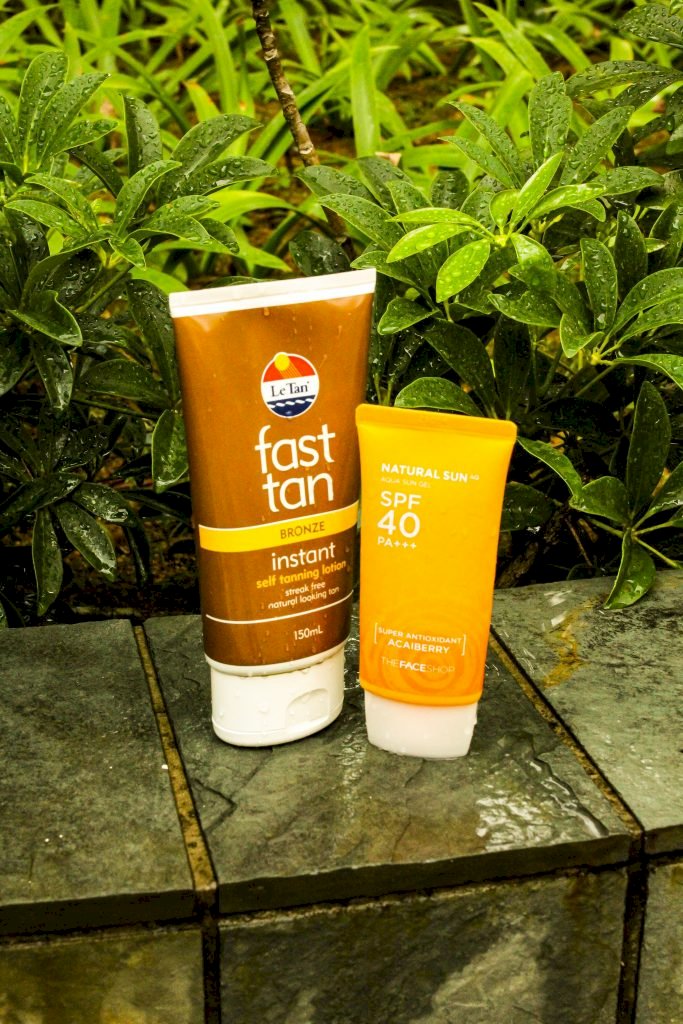
Unsplash
Now, we know that you’re probably sick to death of hearing about SPF every time you read a skincare article, but the only reason it’s included every time is because it is the one thing that works!
The reason why SPF works for acne scarring has more to do with the complexion of the scars than anything else. If you don’t use sunscreen, the sun can make your scars much darker and more visible.
Discoloration

Unsplash
Having spoken about tanning your scars, it is time to talk about the discoloration of your scars. Some scars may be lighter than others, making people insecure that you can so clearly see their scars.
However, if you use products that target the discoloration in your scars, it will change even the color of the scars out, and then they may not bother you as much. The scars will still be texturally different from the rest of your skin, but the color will be the same all around.
Salicylic Acid
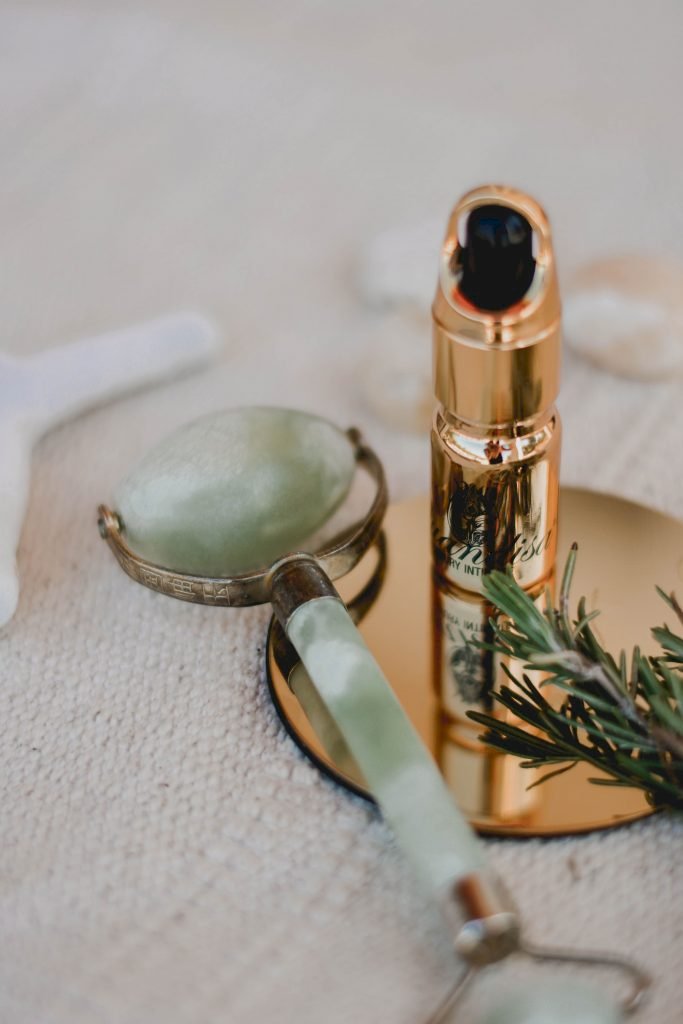
Unsplash
If you have had acne, you probably already know all about salicylic acid, but what you might not know is that it’s excellent for acne scars because it reduces swelling and redness. It also exfoliates your skin when you apply it directly to your skin.
You can either use a small amount of salicylic acid in your daily routine, or you can go for peels with a licensed professional. Salicylic acid should be used with extreme care as it can dry your skin out.
Retinoids

Unsplash
If you use retinoids topically, you will start to see your scars taking on a smoother texture. Retinoids can also ensure that the scars’ redness is taken care of, which will reduce their appearance.
However, you should be particularly careful of the sun when you are using retinoids, as they tend to make your skin extra sensitive to sunlight. Use extra SPF and try to stay out of the sun as much as possible.
Lactic Acid

Unsplash
If you use lactic acid, it is likely to improve the inflammation, redness, and overall appearance of your acne scars, but you have to use it for at least three months before you will be able to notice a difference.
You can use lactic acid in masks or other topical treatments, and it can also be found in apple cider vinegar. The best option is to go to a professional who will perform peels using lactic acid, which will be the most effective and safest route.
Alpha Hydroxy Acids
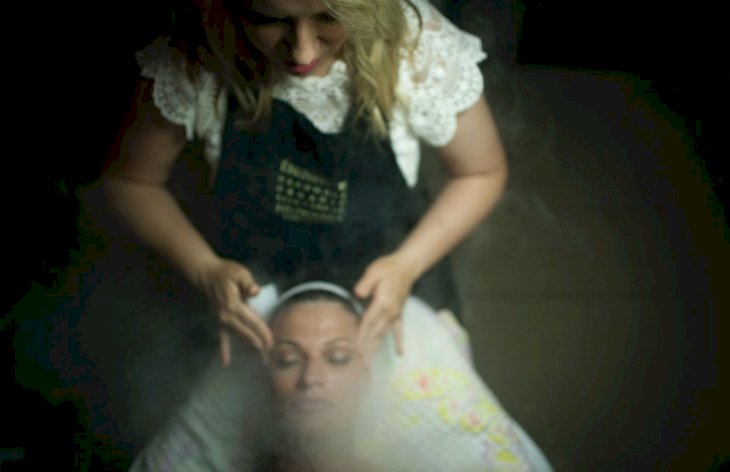
Unsplash
Alpha hydroxy acids (AKA: AHAs) are specifically used to treat acne, but they can also help treat acne scars. AHAs help to unclog pores and remove dead skin but also make acne scars a little less noticeable.
AHAs improve acne scars’ appearance by removing the top layer of skin surrounding them, which means that the discoloration will go with it.
Chemical Peels
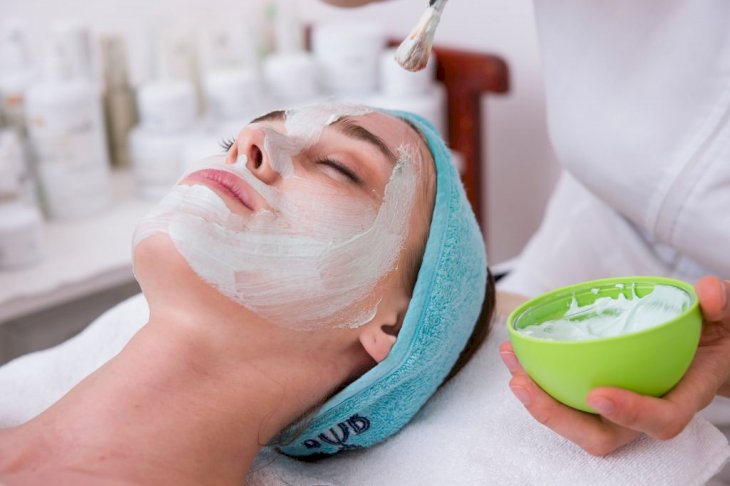
Unsplash
This is a “don’t try this at home” method, but it is one of the most effective solutions. Chemical peels reduce acne scarring’s appearance because they remove the top layer of your skin, which evens out the scars.
You should only ever get a chemical peel done with a licensed professional as the acid in a chemical peel is extremely strong and can burn your skin if it is not used correctly. Speak to your dermatologist to find out which chemical peel would be best for you.
Fillers
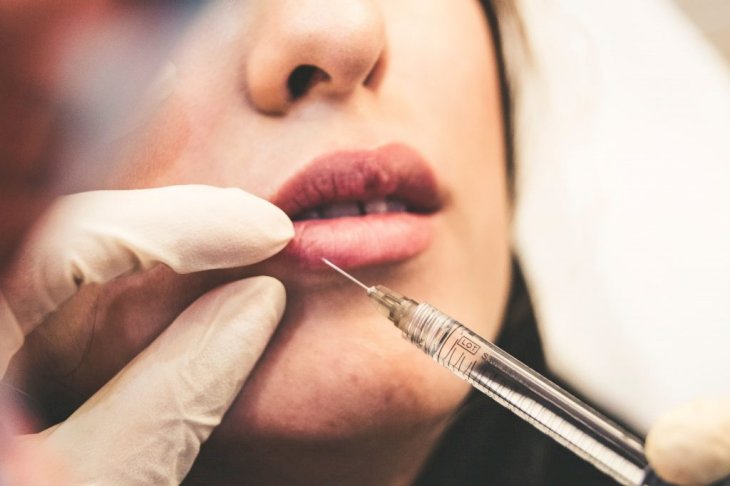
Unsplash
Getting fillers is not only for your lips; they can be used to treat acne scars as well. You can choose to use a commercial filler, and one made up of collagen or ee=ven one made of your fat!
Whichever filler you choose, it will be placed into the scars to help even them out and make them look more flush with your skin. The fillers will need to be replaced eventually but will plump up and even out your skin while they’re in.
Dermabrasion

Unsplash
The idea that someone is using a wire brush to scrape off the top layer of your skin might sound terrifying (which is why you should never try to DIY it), but it is an incredibly effective acne scarring treatment.
The top layer of your skin is removed with a wire roller by a licensed professional. You will then be given instructions on how to take care of your skin for the next couple of days, and after three to four months of dermabrasion treatments, you should start to see a difference.
Laser Resurfacing

Unsplash
Again, laser on your face sounds exceptionally intimidating. However, it is an excellent way to treat acne scarring as it follows the same premise as dermabrasion and is just as effective but heals much faster.
The only downside to this treatment is that you will have to keep the areas bandaged to protect them from the elements until it has completely healed.